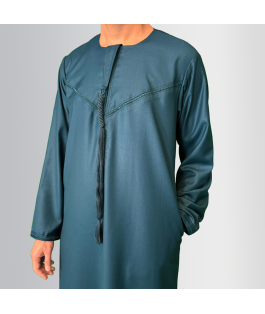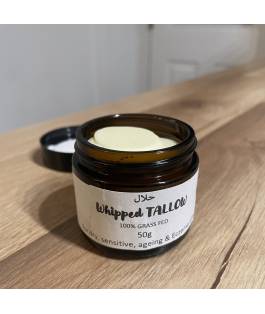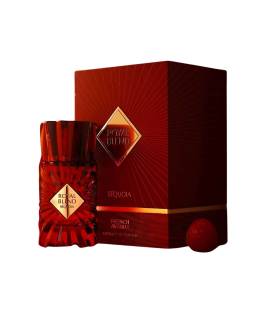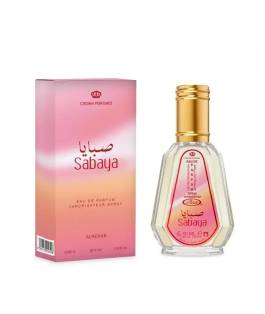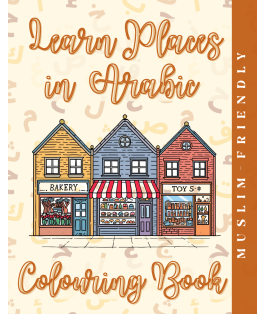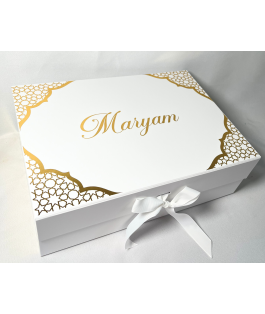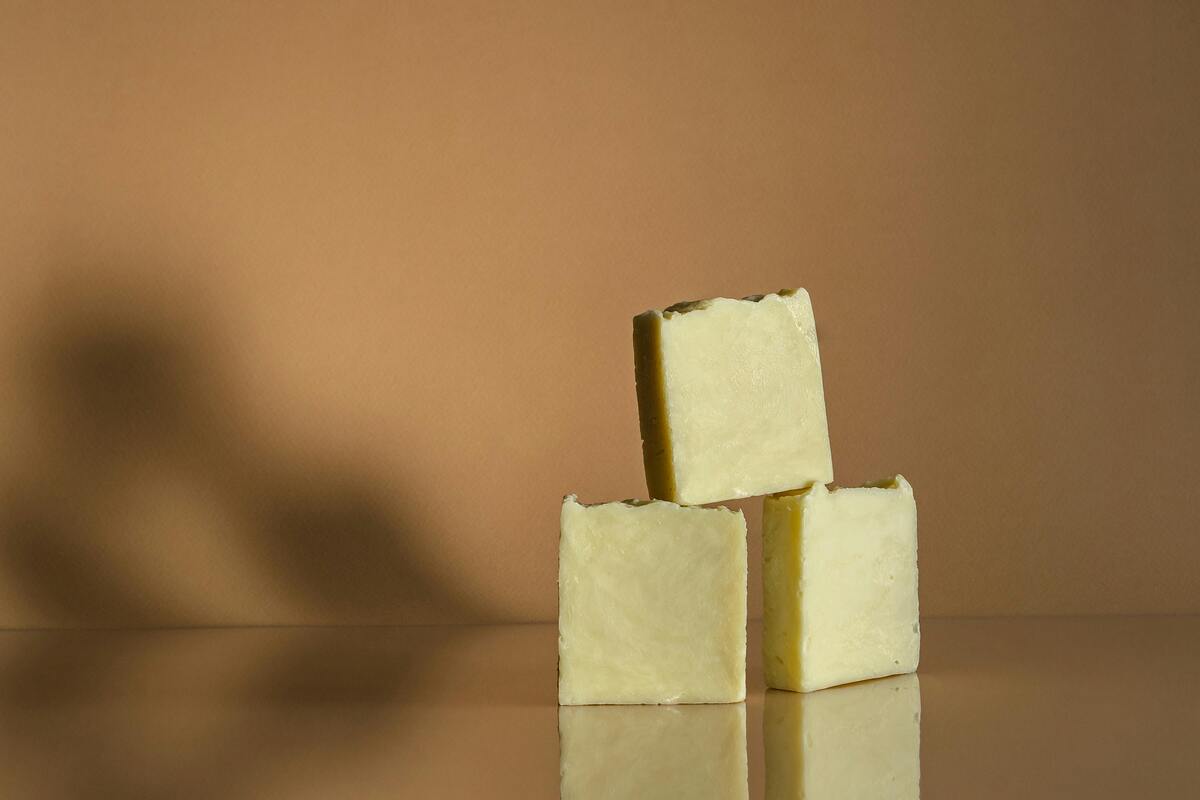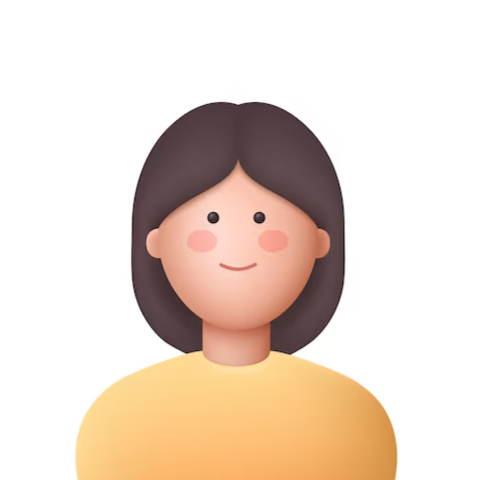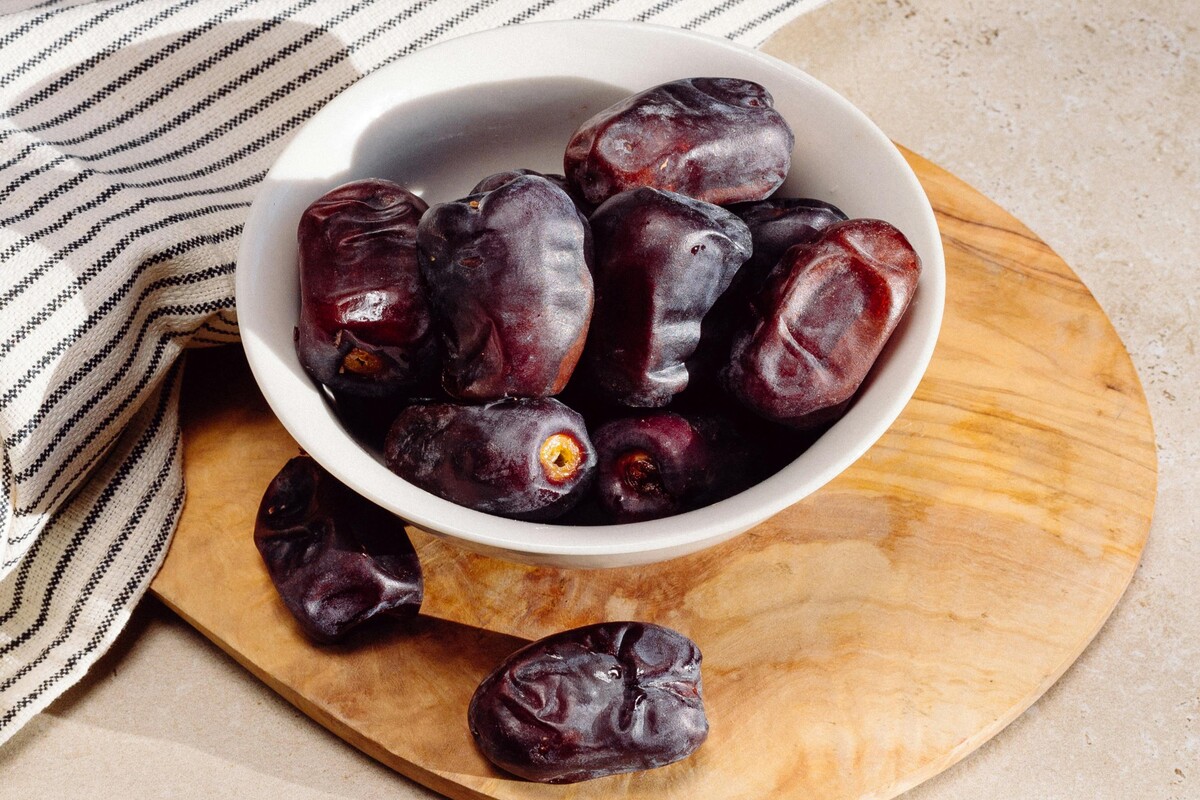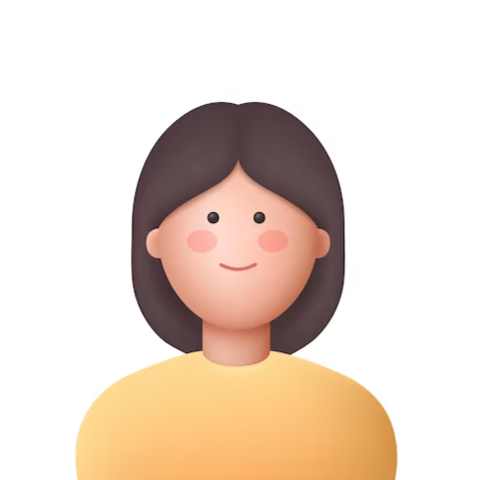Many Muslims know about Muslim women's clothing and how they should dress modestly. However, only a few know about Islamic clothing for men and what clothing suits them best.
Just like women, men are also required to wear modest clothing to cover their bodies and adhere to Islamic guidance. In this blog, we will discuss everything you need to know about Islamic clothing for men, explaining how Muslim men choose and wear their clothing.
What is the Islamic Dress Code for Men?
When it comes to Islamic clothing, both men and women are required to wear modest attire that covers the entire body. As the Quran states:
“O children of Adam, We have bestowed upon you clothing to conceal your private parts and as adornment. But the clothing of righteousness – that is best. That is from the signs of Allah that perhaps they will remember."
(Surah Al-Araf 7:26)
This verse highlights that clothing is meant to cover the body and promote modesty.
The type of clothing for men may vary across different countries and regions. However, there are a few fundamental principles that are Islamically observed, including:
1. Wear Modest Clothing
In Islam, modest clothing is required for both men and women. Clothing should be loose enough to avoid highlighting the body’s shape. Tight, body-hugging clothes are discouraged as they are against the concept of modesty. Many traditional garments, such as the thobe worn by men in various Muslim countries, are designed to cover the body in a modest, loose-fitting manner from head to ankle.
The Prophet (PBUH) said:
Modesty is part of faith
(Sahih Muslim 36:35)
2. Thickness of The Garment
There is nothing that can be as un-modest as wearing clothes that are transparent to an extent that one can see through them, regardless of the gender of the person wearing them. The clothing should be thick enough to conceal the skin colour, and the shape of the body underneath cannot be seen.
This hadith highlights the importance of the thickness of the garment:
“Once Asma’ bint Abu Bakr was in thin clothes when she entered the Prophet’s (PBUH) house. The Prophet (PBUH) then averted his face from her and said: ‘O Asma’! When a girl attains the age of menstruation, it is improper that anything should be seen of her save this and this,’ and he touched his face and hands.”
(Sunan Abi Dawood 4104)
While this hadith refers to women, scholars have concluded that it applies to both men and women. The basic principle is that clothing should not be so thin that it reveals the body's skin or form.
3. Covering the Awrah
In Islam, men are required to wear clothes that cover their awrah, which is the part of the body from the navel to the knees, including the thighs. This requirement is a sign of modesty and respect for one's body.
Jarhad reported. The Messenger of Allah (PBUH) sat with us, and my thigh was uncovered. The Messenger of Allah (PBUH) said: "Do you not know that the thigh is 'awrah?"
(Sunan Abi Dawud 4014)
Clothing types such as the thobe, shalwar kameez, and izar are traditional garments that Muslim men wear to fulfil this obligation. These garments usually fit loosely, ensuring modesty by not revealing the shape of the body.
4. Avoid Wearing Trousers Below the Ankles
In Islam, men are advised to wear their trousers at the correct length. It is wrong to let them drag below the ankles because this is considered pride. The Prophet Muhammad (PBUH) cautioned against this, stating:
"The part that is below the ankles of the izar is in the Fire"
(Sahih Bukhari 5787)
When men wear trousers above their ankles, it shows their respect for both their religion and cultural standards of modesty.
5. Do not Imitate Women's Fashion Clothing Style
Islam encourages its followers to be proud of their identity. Muslim men are urged to dress in a masculine way and should not emulate women’s fashion. For this reason, men are not allowed to wear gold or silk because these are considered to be women’s clothing. The dressing code adheres to the teachings of Islam and the Muslim men wear it with pride and dignity.
The Prophet Muhammad (PBUH) said:
“Gold and silk have been permitted for the females of my Ummah, and forbidden to the males.”
(Sunan an-Nasa'i 5148)
Traditional Islamic Clothing Worn By Men
Since we have understood the basics of men's Islamic clothing, let’s discuss some common clothing items and styles worn by Muslims worldwide that adhere to these basics.
1. Thobe

Thobes are long robes worn by Muslim men. Depending on the culture and origin, they may be referred to as dishdasha in Kuwait or Mandurah in the UAE. They are similar to shirts, except that they are loose, elongated, and reach the ankle. Usually, they are white, but other colours are also available, such as black, grey, and warmer, earthy shades in the winter.
Explore the Riwaya Thobe Collection if you're looking for high-quality, comfortable thobes for daily wear or special occasions. Crafted from premium fabrics, these thobes offer style and comfort, ensuring you look your best while staying cool and relaxed.
22. Shalwar Kameez

Muslims in South Asia typically wear loose-fitting pants (shalwar) and long shirts (kameez). These garments are available in a variety of fabrics, colours, and designs. Like the thobe, they cover the entire body and follow Islamic modesty guidelines. However, their design differs from the thobe since the kameez has two separate pieces (top and bottom), while the thobe is a one-piece garment.
3. Sarong and Tunic

A sarong or a sarung is a large tube or length of fabric, often wrapped around the waist, worn in many Southeast Asian countries. A tunic is a shirt worn above the sarong to complete the outfit. It is a lengthy piece of cloth, starting from the shoulders to the body's ankles.
In Southeast Asian countries, it’s common to see men wearing sarongs with tunics, whether in daily life or for special occasions like weddings and religious events. This attire allows them to honour their cultural traditions while embracing their masculinity. It also follows Islamic modesty guidelines, as it’s not too tight and provides full body coverage from the waist to the knees.
In addition to traditional garments, Muslim men also wear suits, T-shirts, hoodies, and other casual clothing, provided they follow Islamic guidelines of modesty.
Choosing Clothing Depending on the Occasion
For men, choosing the right type of Islamic clothing depends on the occasion, like if they are attending a formal event, wearing it for their daily routine, going to the mosque, etc. Here are some key things to consider:
1. For Daily Wear

We recommend simple cotton and linen thobes, shalwar kameez, or tunics if you are considering decent clothes for your daily routine. These clothes offer comfort and keep you aligned with Islam's modesty principles.
These are good options for those living in warm/hot climate regions. For winter, we recommend wearing a jacket or a sweater to keep yourself warm. For more guidance on choosing a perfect thobe, please read our Ultimate Guide to Choosing the Perfect Thobe.
If you don't feel comfortable wearing the clothing styles mentioned above, you can also wear regular T-shirts or hoodies for daily wear.
2. For Formal Event

When going to formal events like weddings, office meetings, or public events, you can opt for clothes made from luxurious fabrics like polyester blends that are shiny and give the wearer an elegant look. For example, you can choose embroidered thobes or shalwar kameez with beautiful cuffs and chest and collar designs. The embroidery design can reflect regional styles, such as Moroccan, South Asian, or Middle Eastern patterns, adding cultural depth to your look.
If you are not interested in thobes or shalwar kameez, then wear a three-piece suit with accessories like non-silk ties, belts, and watches. This clothing style gives you a stylish look while also maintaining modesty.
3. Going to the Mosque

When going to the Mosque for prayers, the goal is to maintain simplicity and cleanliness. Wear loose-fitting clothes like a plain white thobe or plain shalwar kameez. You can also wear long pants with sleeved shirts that give you a modest look. Also, wear a cap (topi) to complement your look.
Mosque attire should be simple. Avoid flashy designs or heavy decorative details.
Styling and Accessorising Islamic Attire for Men
Here are some additional accessories Muslim men can wear to complement their overall outfit:
1. Headwear
A man's headwear is an essential part of Islamic attire. Muslim men wear headwear to express their faith, maintain modesty, and show respect during prayers and religious gatherings.
Kufi and turban are the two most popular headwear choices. Kufis are small, round caps that fit snugly on the head, while turbans are long pieces of cloth wrapped around the head in a certain way.
Ghutras and equals are square or rectangular headscarves with rope bands holding them in place. There is also a prayer cap (topi), which is worn by men in South Asia.
2. Footwear
Men's shoes are another important part of Islamic attire, with different styles suitable for various occasions and weather conditions. For daily wear, slippers and sandals are popular choices, especially in warm weather, as they are comfortable and functional. For colder climates, boots are a great option, offering both style and warmth, while formal events can call for leather shoes or dress boots.
3. Jewellery
Adding jewellery to men's Islamic attire is a great way to add style and flair. In Islam, there are specific guidelines regarding the types of jewellery men can wear. Generally, men are prohibited from wearing gold, as it is considered more suitable for women.
Prophet Muhammad (PBUH) clearly stated:
Gold and silk have been permitted for the females of my Ummah, and forbidden to the males
(Sunan an-Nasa'i 5148)
However, men are allowed to wear jewellery made from other materials, such as stainless steel, platinum, or non-precious stones. Simple rings, watches, leather bracelets, cufflinks, and non-metal necklaces are also acceptable.
Check out Riwaya Men Jewellery Section to buy bracelets, watches, rings and other jewellery items that are completely permissible for men.
Where to Buy Muslim Clothing for Men
You can buy men's clothing online from the Riwaya marketplace. Explore our Men's Clothing section, featuring a wide selection of thobes, jubbas, non-silk ties, t-shirts, hoodies, and more. We've curated a collection from well-reputed sellers known for their high-quality products and excellent customer service. Check it out today for all your modest fashion and accessory needs!
Selling at Riwaya
Join the Riwaya Online Marketplace and connect with a growing community of customers seeking authentic Islamic clothing and accessories. As a seller, you can showcase your thobes, jubbas, and more to an audience that values tradition, quality, and style. Becoming a part of Riwaya gets you a lot of benefits:
a. Reach a community that values halal, ethical, and high-quality products.
b. Showcase your brand to thousands of potential buyers across the UK and beyond.
c. Enjoy an easy-to-use platform designed to support your growth.
d. Benefit from Riwaya’s marketing, social media reach, and email campaigns.
e. Be part of a trusted marketplace dedicated to Islamic values.
Start selling with Riwaya today and grow your brand with customers who truly appreciate what you offer.
Conclusion
In general, modest dress is a key part of Islamic clothing for men. A common example includes wearing a long robe over white cotton pants, a white cotton undershirt, and a rope band underneath the headdress. The thobe, shalwar kameez, and Sarong fall under this category.
There are different styles to choose from for casual wear to special events like weddings. Many online stores and catalogues sell affordable Islamic clothing.

































